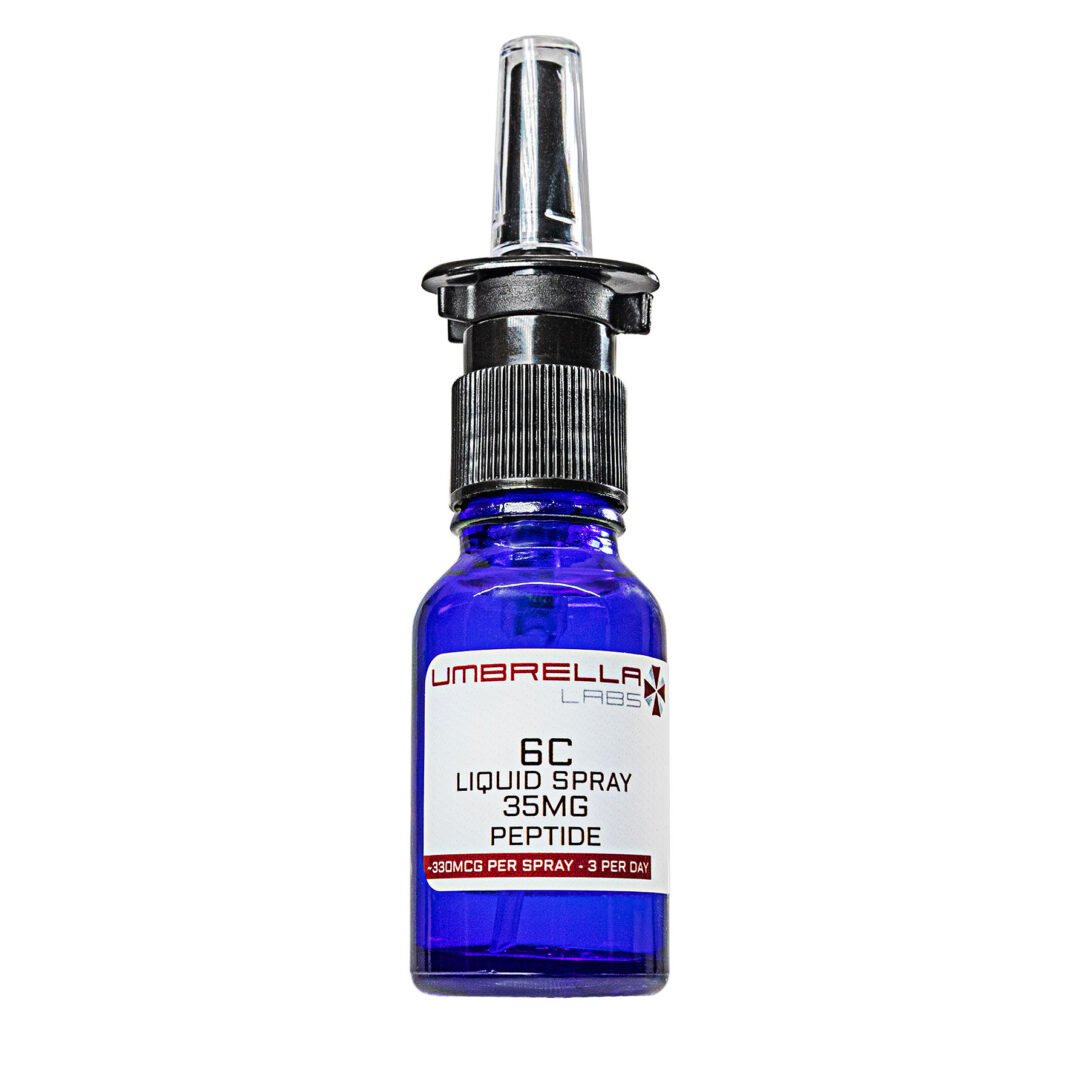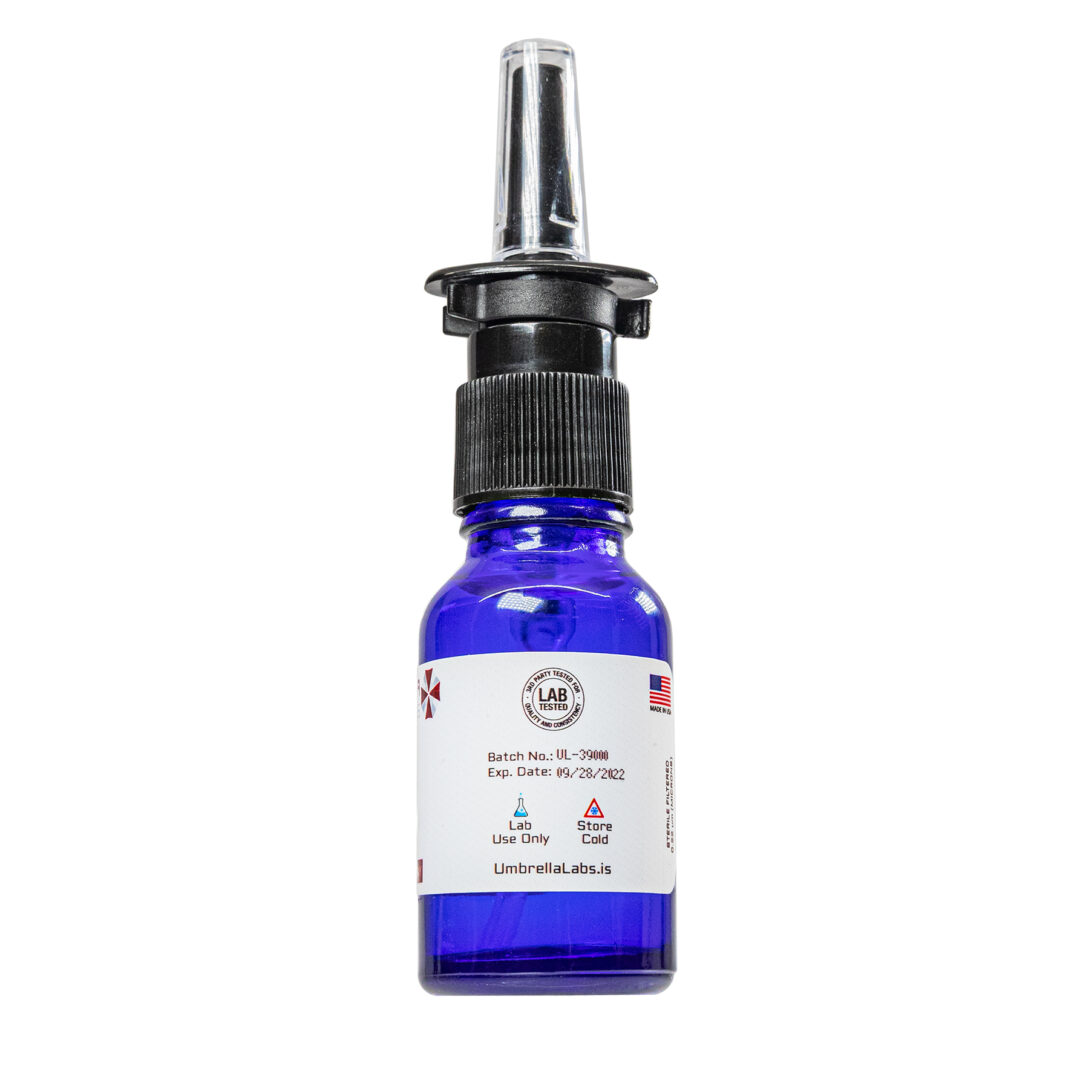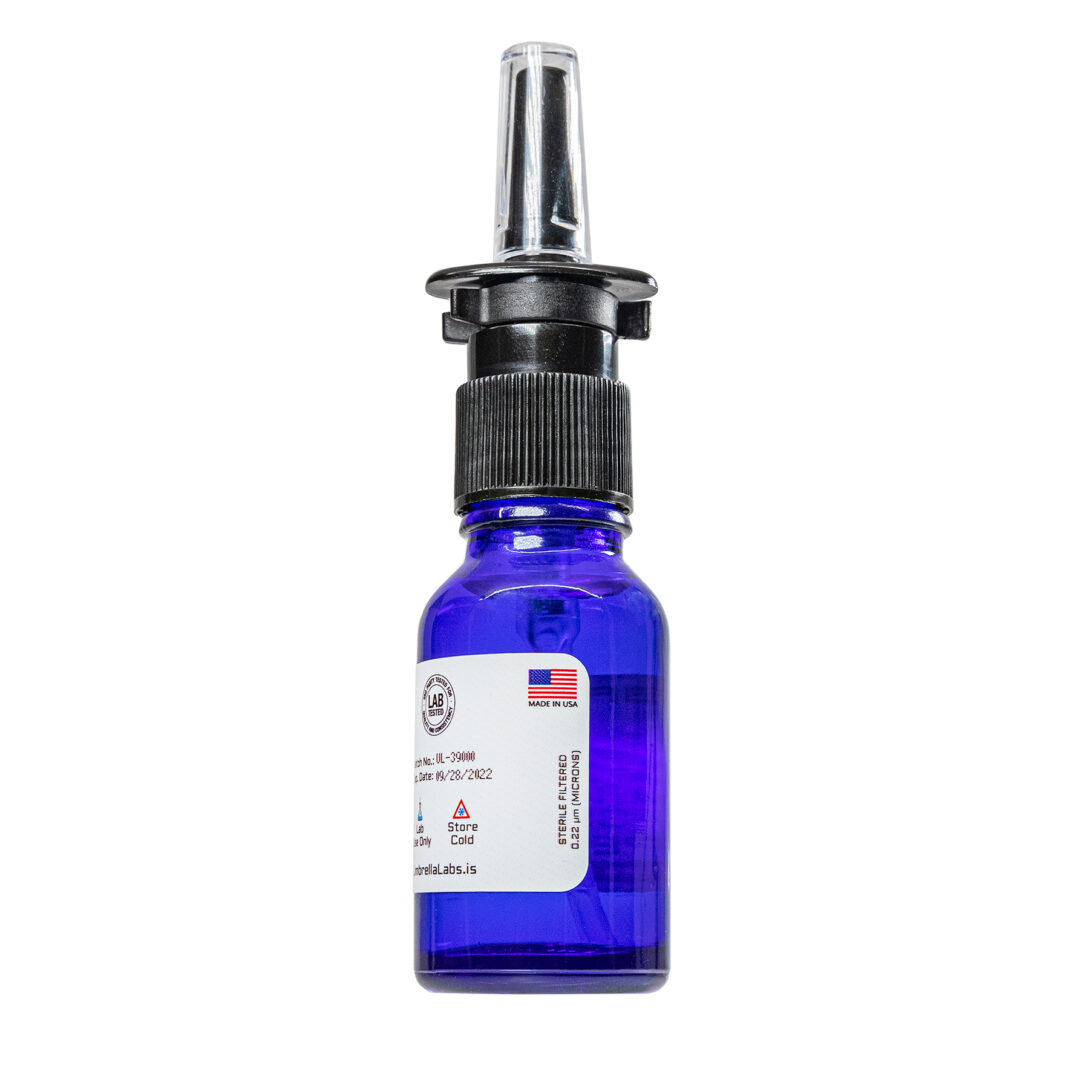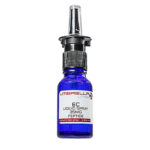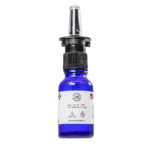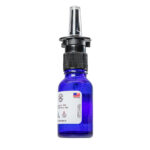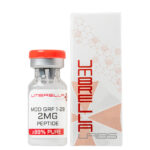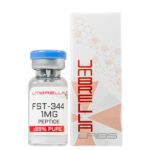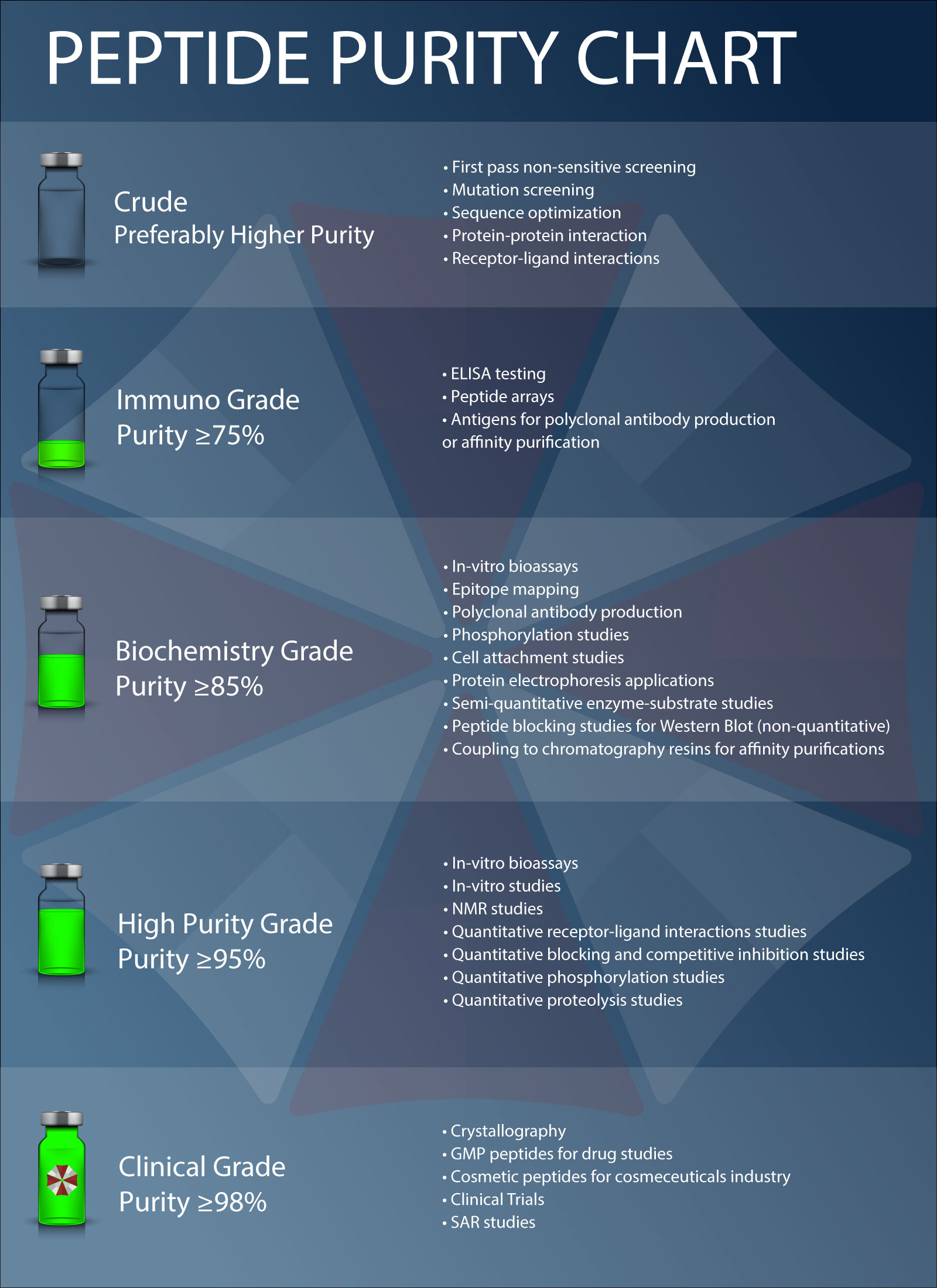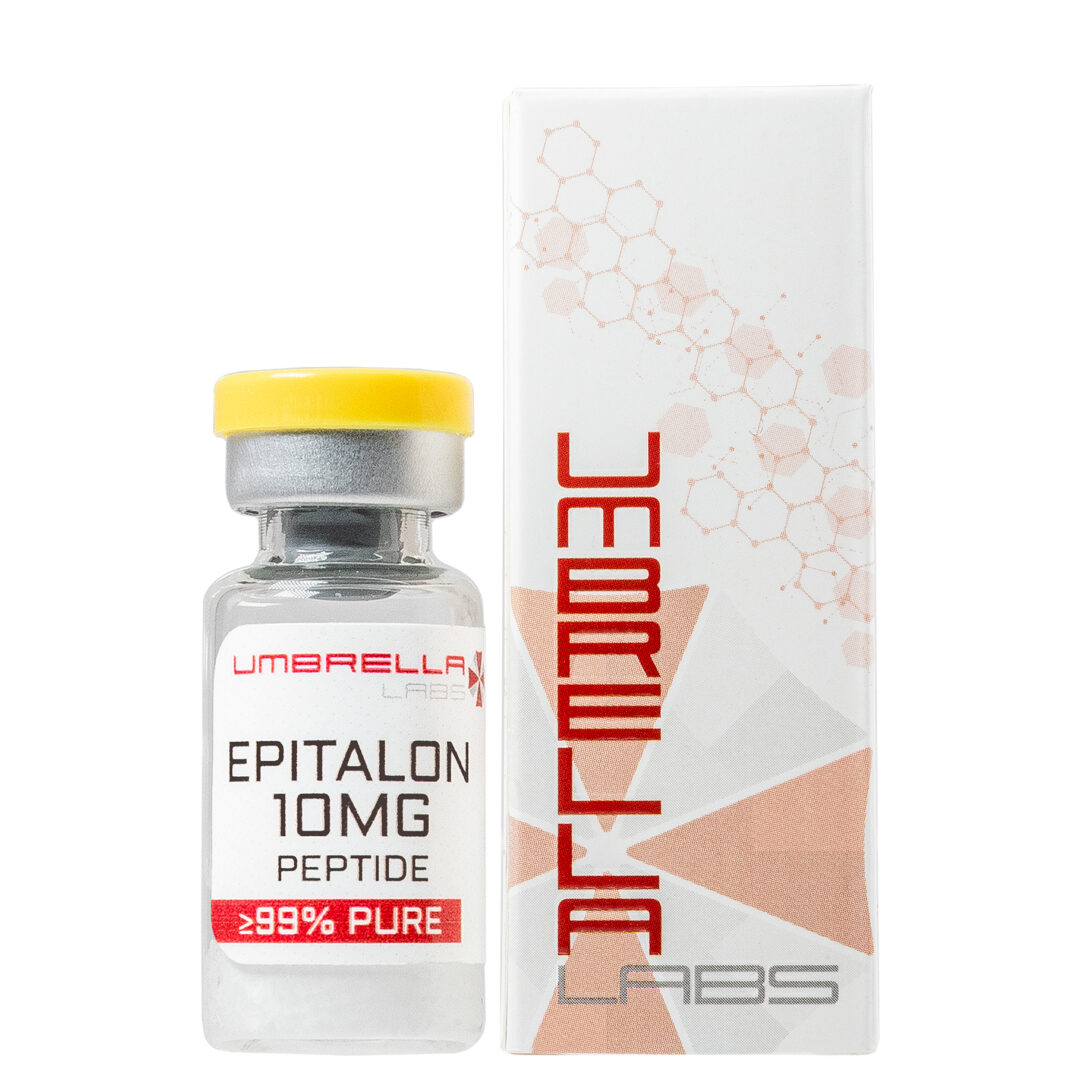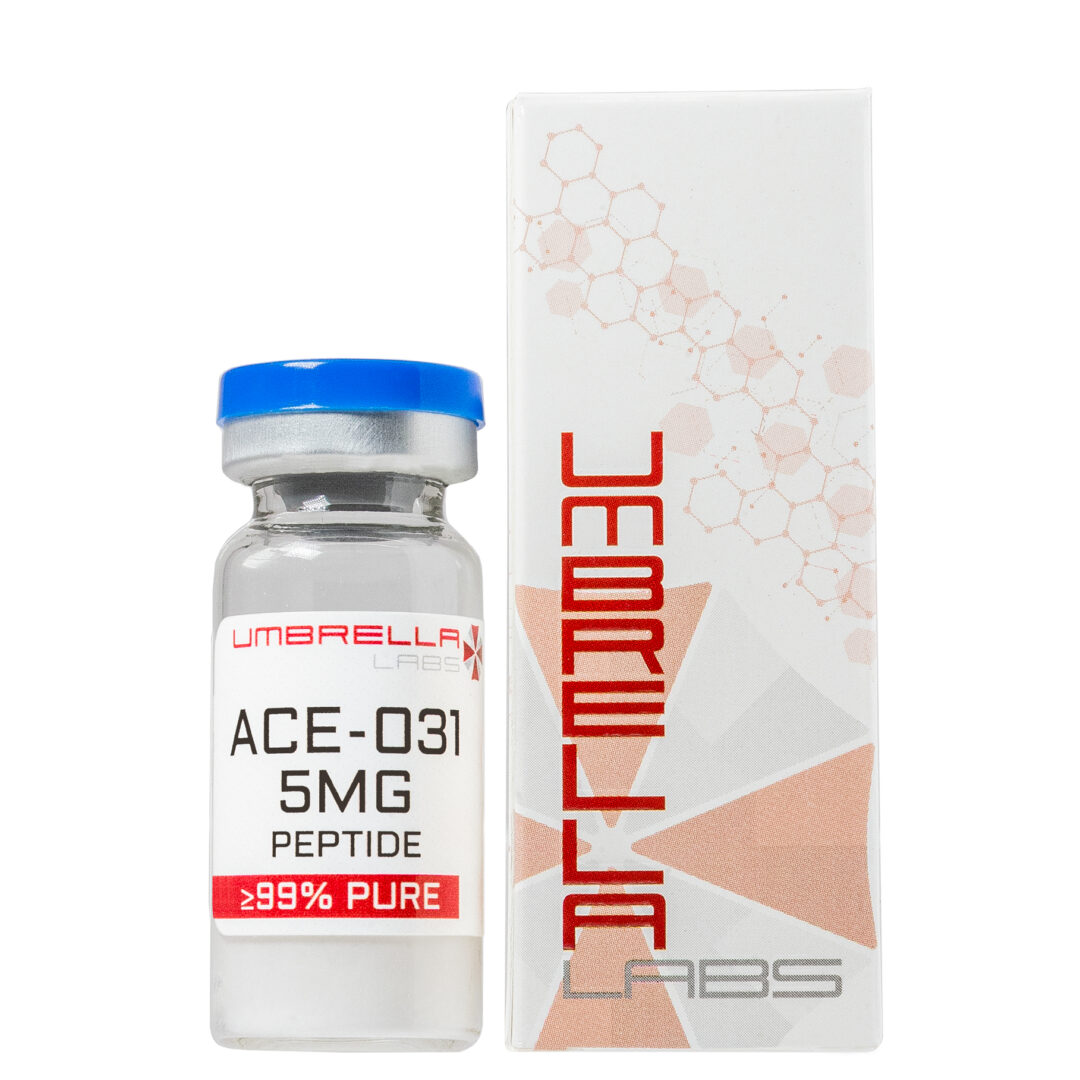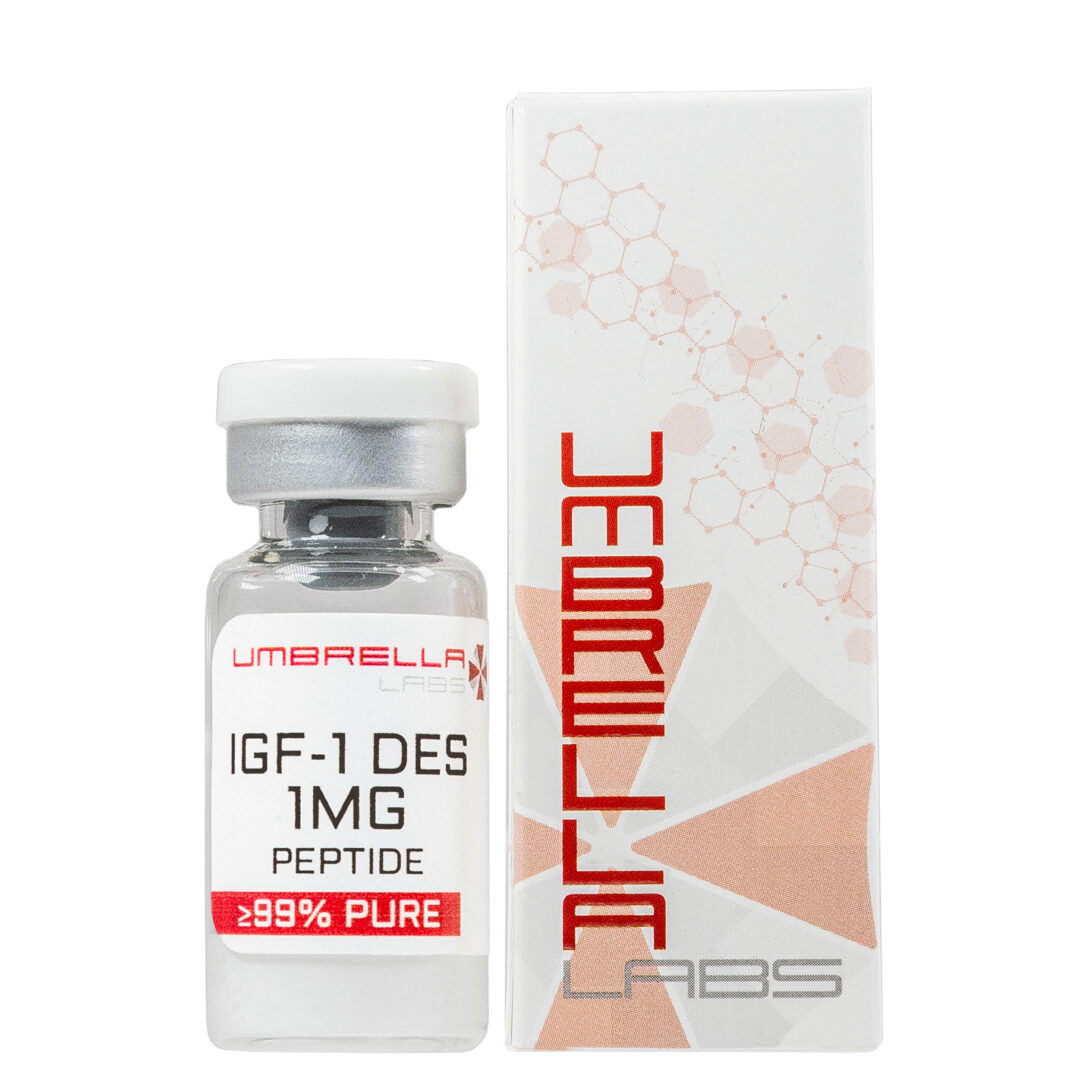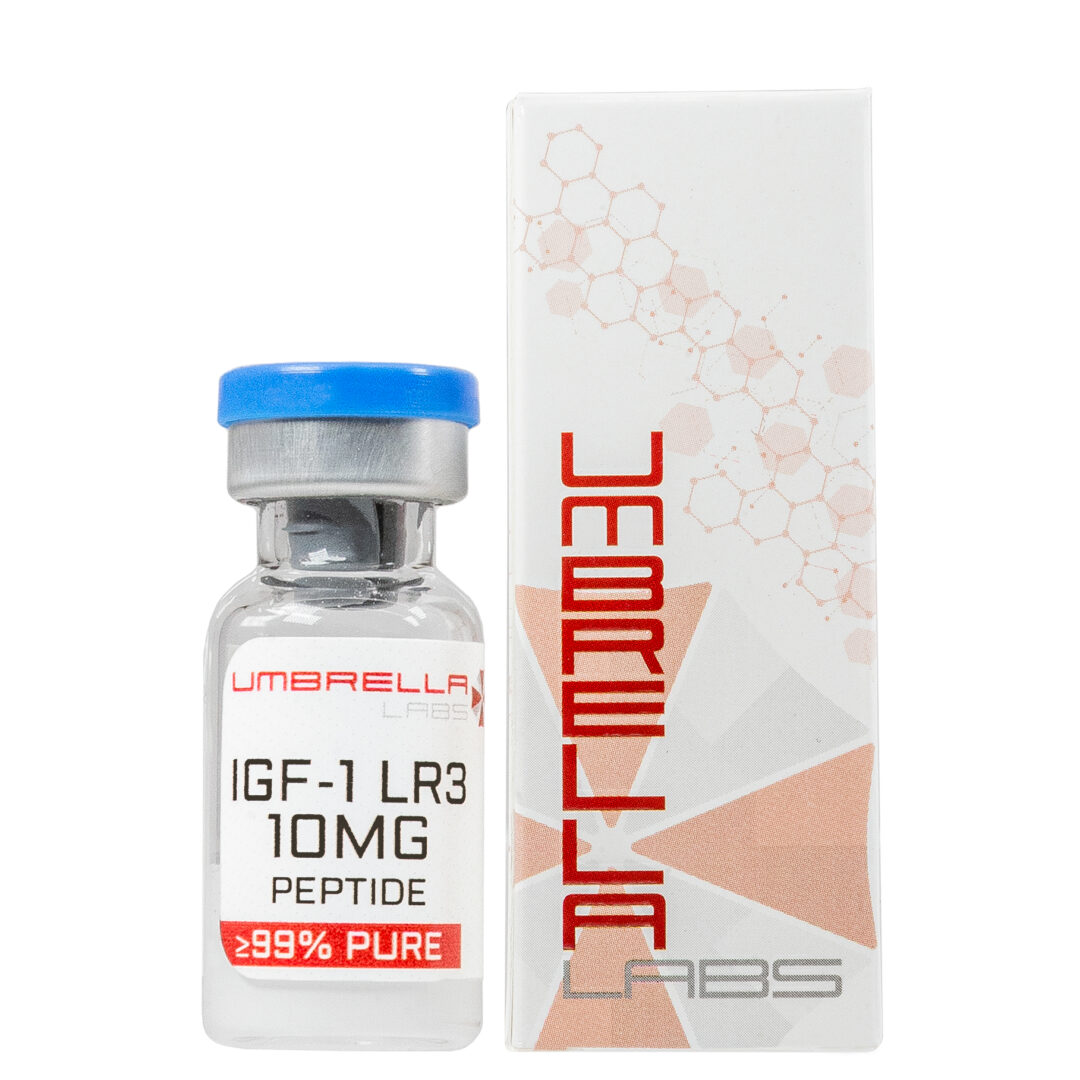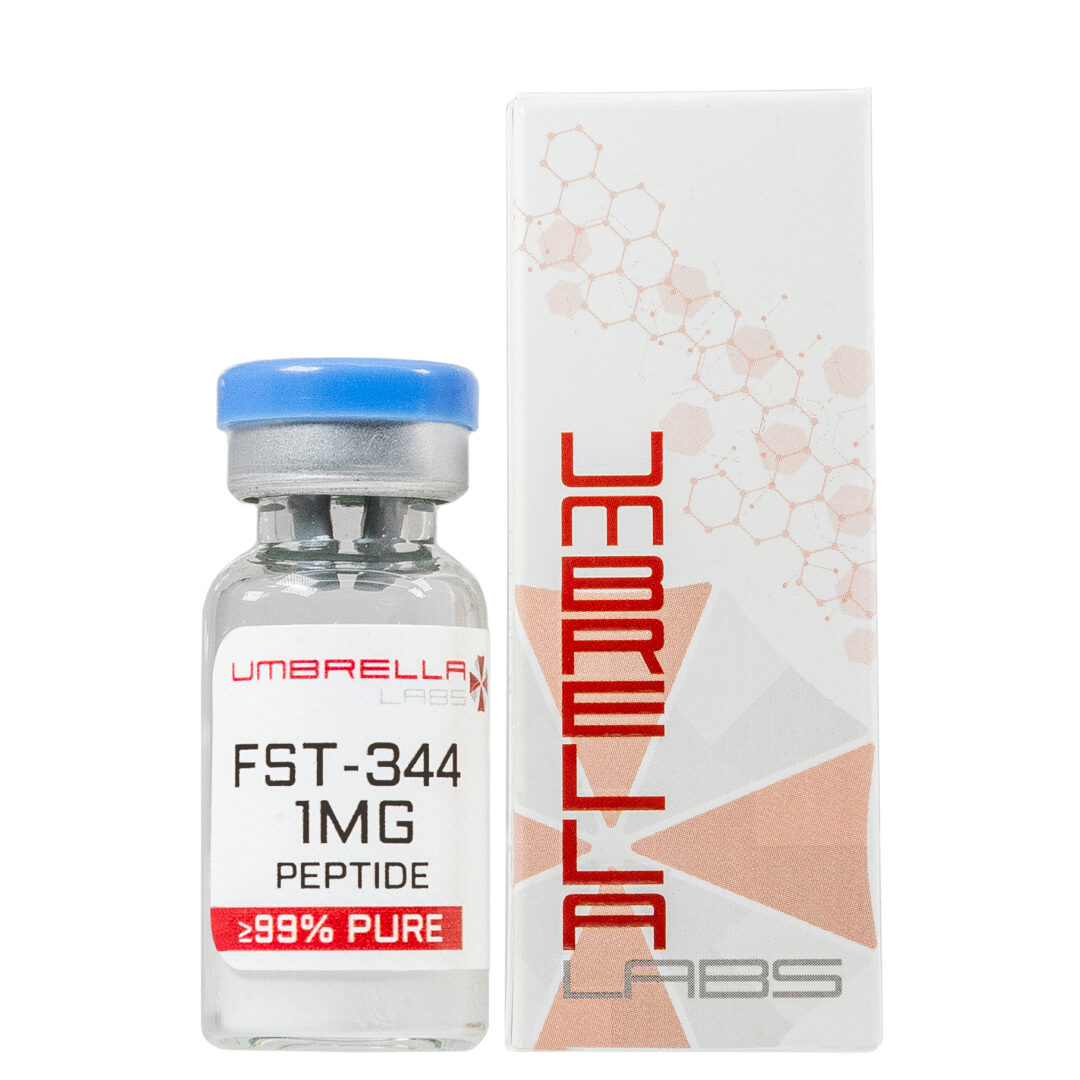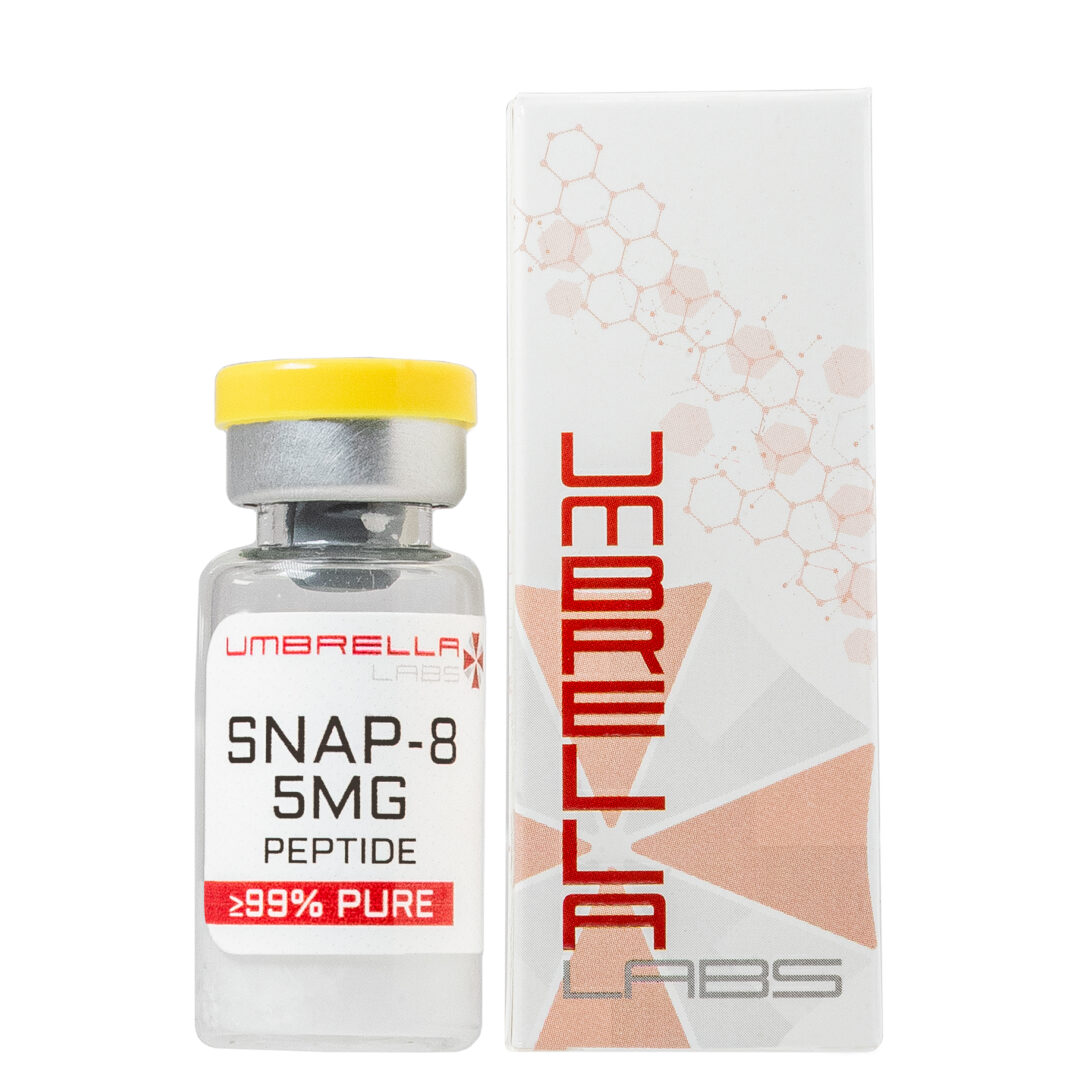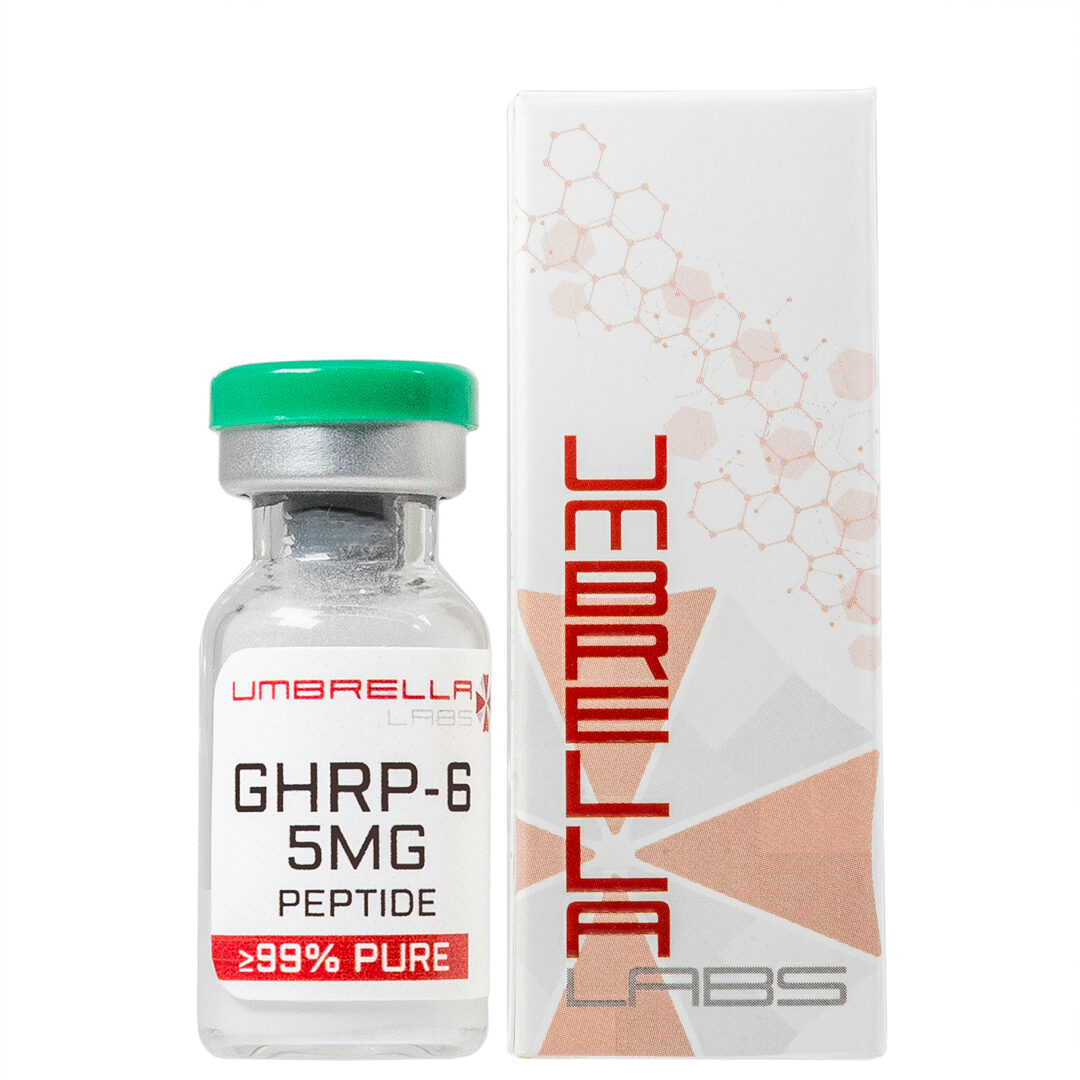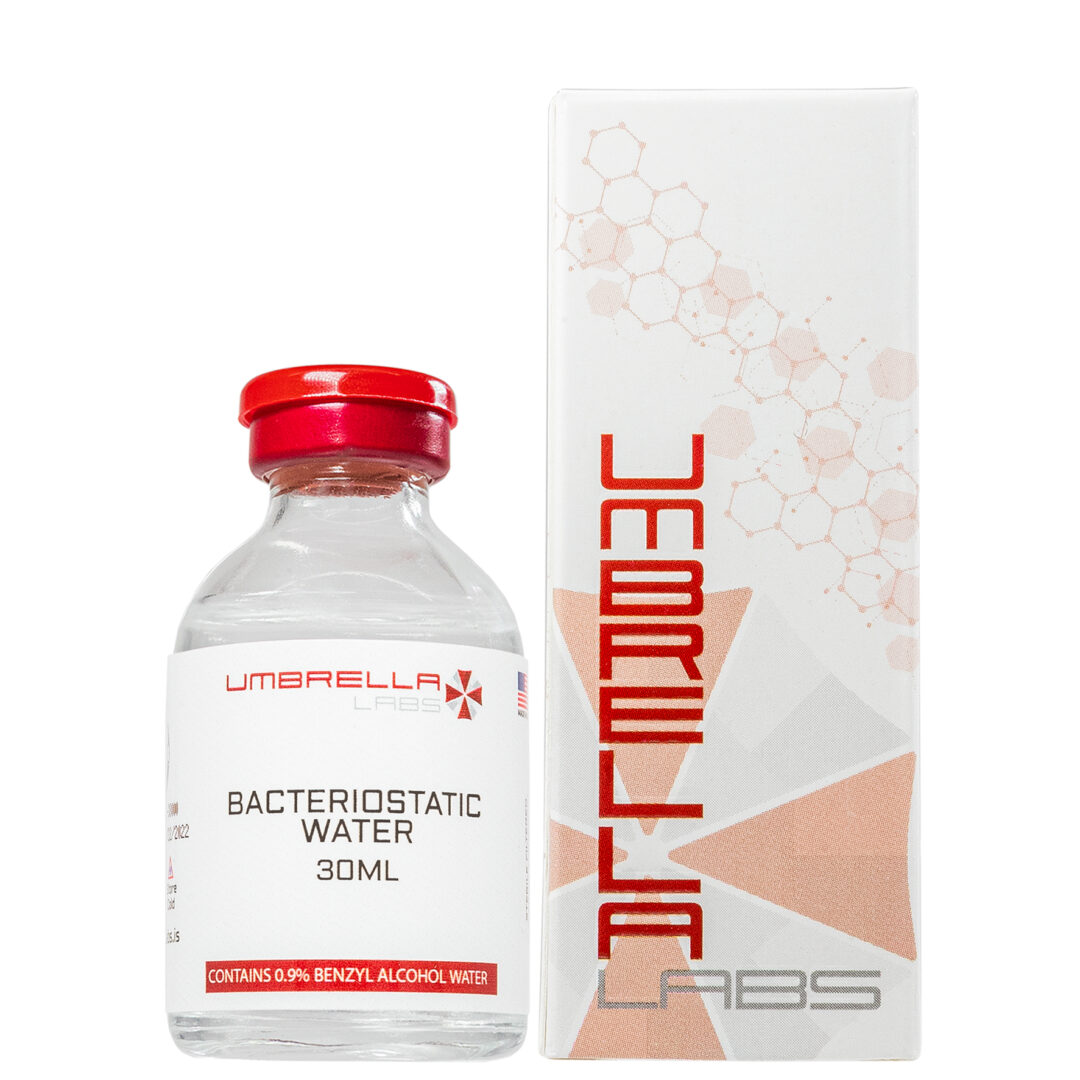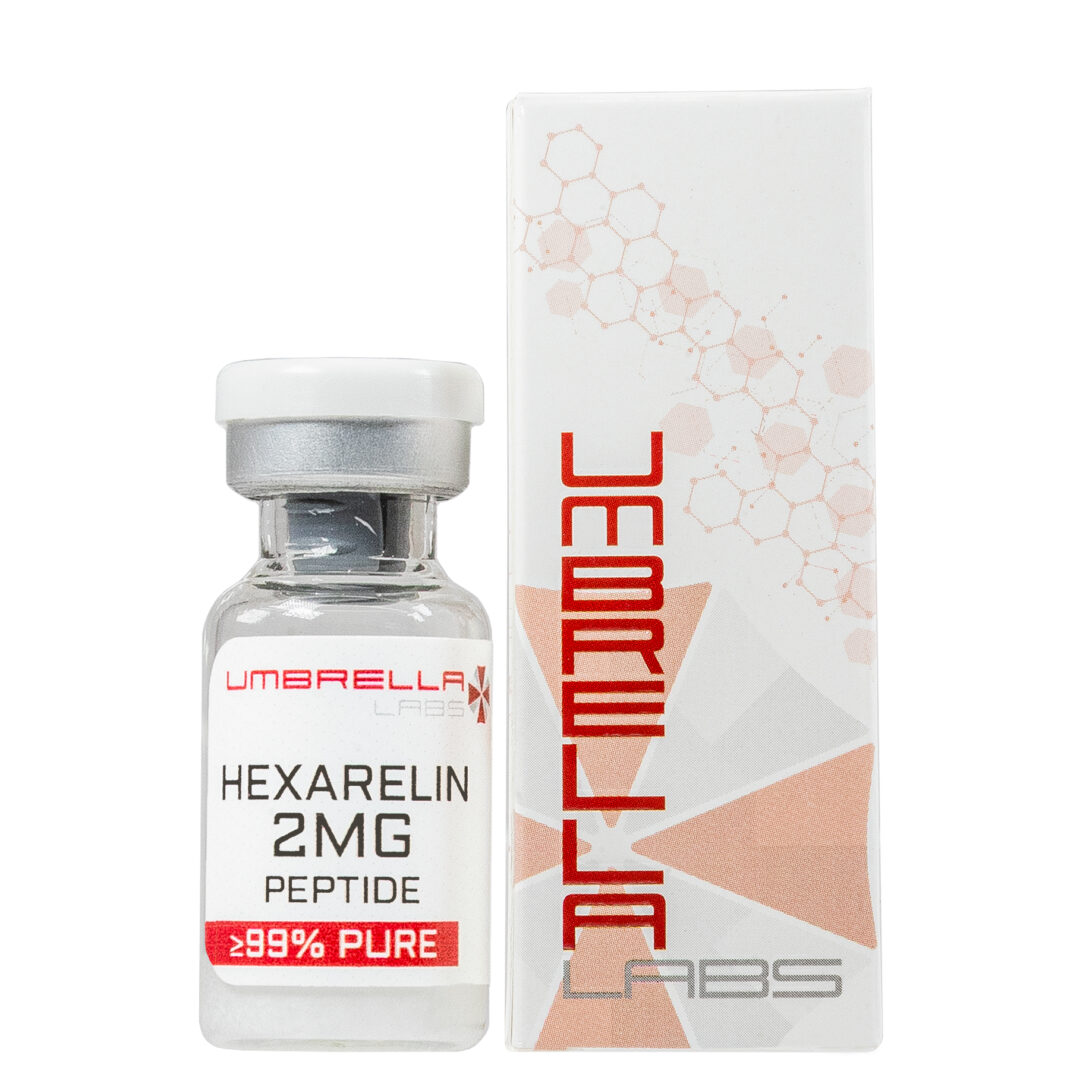6C PEPTIDE LIQUID SPRAY 15ML BOTTLE
$35.99
6C Peptide is sold for laboratory research use only. Terms of sale apply. Not for human consumption, nor medical, veterinary, or household uses. Please familiarize yourself with our Terms & Conditions prior to ordering.
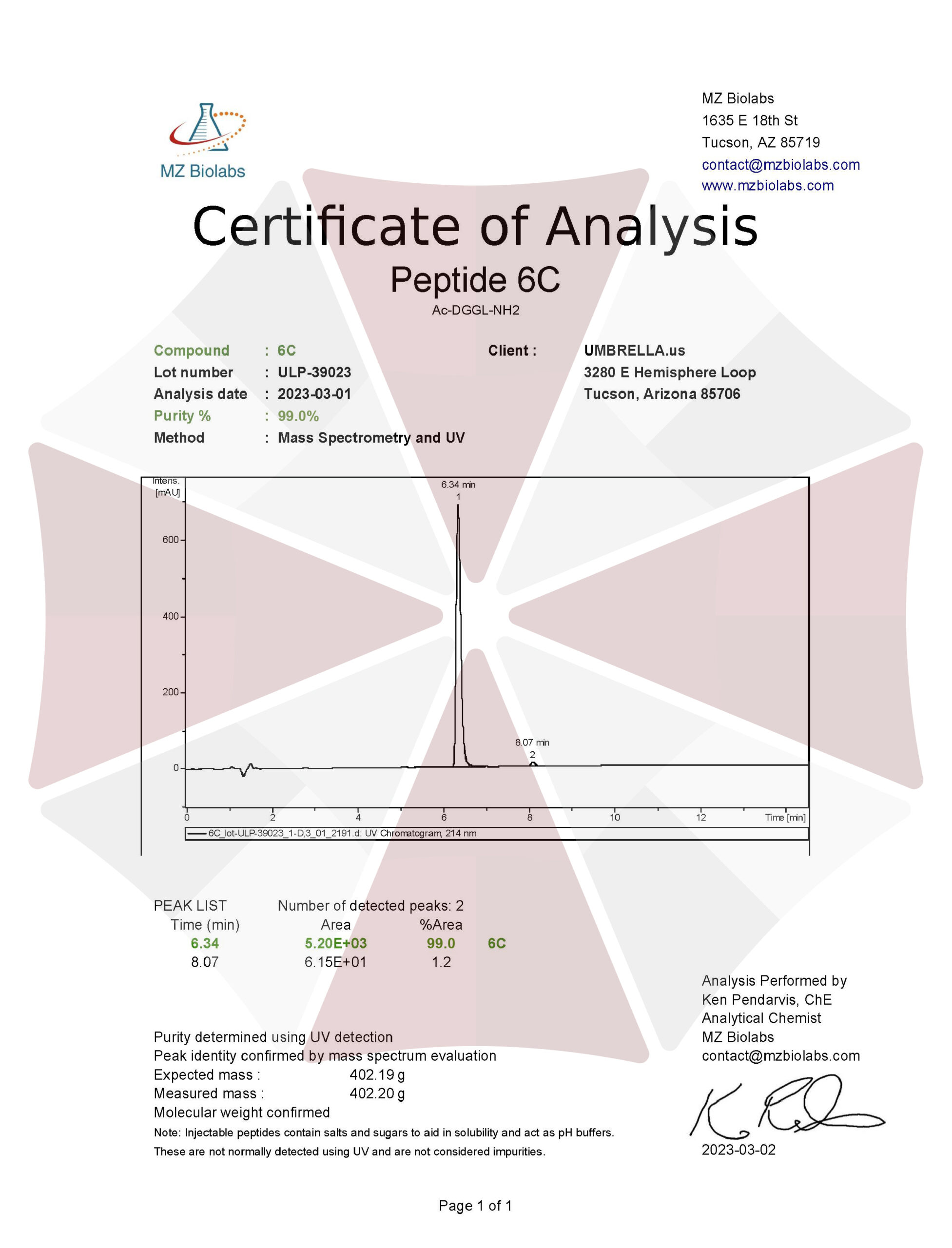
- Description
- Additional information
Description
Peptide 6c: Neurogenesis & Working Memory Promoter
![]()
![]()
![]()
![]()
![]()
![]()
![]()
![]()
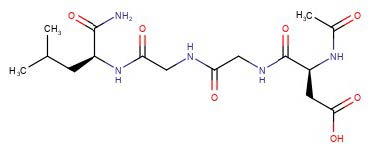
| CAS Number | N/A |
| Other Names | 6c, Peptide 6c |
| IUPAC Name | N/A |
| Molecular Formula | C₁₆H₂₇N₅O₇ |
| Molecular Weight | 401.41 |
| Purity | ≥99% Pure (LC-MS) |
| Liquid Availability | |
| Powder Availability | N/A |
| Storage Condition | Store cold, keep refrigerated. Do NOT freeze. |
| Terms | All products are for laboratory developmental research USE ONLY. Products are not for human consumption. |
Alterations in neurotrophic functions (ie. proliferation, migration, and survival of brain cells), either due to age, genetic background, or other factors, has been suggested to contribute to neurodegeneration and mood disorders. Several lines of evidence show that shifting the balance between neurogenesis (ie. formation of new neurons) and neurodegeneration (ie. loss of existing neurons and neural connections) is what ultimately drives progressive and debilitating neurological problems like dementia and Alzheimer’s disease. Also, it appears that the microenvironment of the dentate gyrus (DG) in neurodegenerative conditions has become adverse for maintaining greater levels of neurogenesis, mainly because brain cell survival is believed to depend on the surrounding microenvironment. In Alzheimer’s disease, DG neuroproliferation is actually increased but newly born neurons do not mature. It has been shown that neurotrophic factors similar to Peptide 6c can prevent both natural and experimentally caused brain cell death and maintain cellular maturation [1].
The hippocampus is the region of the brain responsible for forming spatial working memories, which is integrates and stores behaviorally relevant spatial cues and is a fundamental constituent of cognition [2]. Recent literature shows that both newly born immature and mature neurons have advantages to be recruited into patterns of new memory networks and are necessary for complex forms of hippocampal-mediated learning [3]–[5]. Unfortunately, the hippocampus is particularly vulnerable to neurodegeneration and hippocampus memory impairments are reported as the earliest symptom of dementia [6]. Therefore, peptide based therapeutic regeneration using compounds such as peptide 6c to enrich the biochemical microenvironment in brain tissue could be the most successful approach to combat neurodegeneration and associated disorders [7], [8].
Several studies have already reported the specific role of particular families of neurotrophic factors, such as the neurotrophins and neurokines, in the promotion of survival of subsets of central nervous system neurons that are vulnerable in neurodegenerative diseases [9]–[12]. Ciliary neurotrophic factor (CNTF) has been considered an attractive candidate because of its neuroprotective characteristics; however, there are side effects and practical considerations that preclude administration of the full-length protein. Thus, researchers focused on discovering the smallest fragment of this CNTF that can boost neurogenesis and neuronal plasticity, and ultimately enhance cognitive function: this is how molecular biologists generated a novel 11-amino acid CNTF peptide, Peptide 6, based on a biologically active region of human CNTF, which positively enhances adult neuron generation in the hippocampus, improves neuronal plasticity, and improves memory in normal adults [13]. However, the 11-amino acid sequence was still too fragile and tended to degrade too quickly, so researchers further isolated the most active fragment of Peptide 6, called Peptide 6c, which retained neurogenic, neurotrophic, and memory enhancement properties while being more metabolically stable.
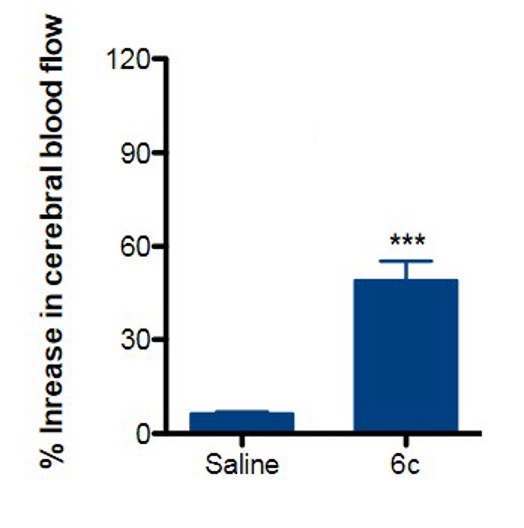
Fig 1. Peptide 6C increases cerebral blood flow. Adapted from Meena et al. Royal Society of Chemistry Advances (2015) 5:56872-56884
Peptide 6c can easily cross the blood brain barrier and is relatively stable metabolically [13]. In fact, peptide 6c is much more stable than its parent molecule because it does not contain any sites for proteases in blood or the gastrointestinal tract (ie. enzymes that break down proteins). Moreover, when given peripherally, this peptide 6c is effective and free of adverse effects that are seen in the full-length CNTF protein. Multiple studies have observed the absence of any unwanted weight fluctuations or abnormal locomotor activity in peptide 6c treated individuals. Importantly, peptide 6c has been shown to reliably increase cerebral blood flow, which is a crucial metric for assessing neurotrophic activity in general (Fig. 1).
It appears that Peptide 6c enhanced neurogenesis by promoting the maturation of early progenitor cells through partial inhibition of their proliferation. In other studies, more advanced experiments have been able to discriminate the effect of peptide 6c on both cell proliferation and cell survival. Ultimately, however, it appears that peptide 6c increases the number of neurons that can participate in the networks supporting information processing in the hippocampus. Researchers observed that peptide 6c increased gene expression of the immature neuronal marker DCX suggesting an early neuronal fate determination of newborn cells. By analyzing the gene expression of the mature neuronal marker, NeuN, scientists confirmed re-direction of newborn cells into neurons as there was a strong increase of total neurogenesis in individuals treated with peptide 6c. Overall, these findings suggest that peptide 6c treatment positively influences different aspects of neurogenesis (ie, early neuron commitment, differentiation and survival of progenitor rcells in the adult hippocampus). Importantly, researchers also observed increased gene expression of specific genes accounting for functional integration of new cells into the hippocampal circuitry [3] and thus provide a biological substrate for memory encoding. Moreover, this neuroproliferative effect of peptide 6c was accompanied by changes in local neurotrophy. In peptide 6c-treated individuals, there was higher levels of MAP2 and synaptophysin, which are markers of dendrite formation and synaptic activity, respectively. These alterations account for enhanced neuronal plasticity (ie. brain rewiring) within the hippocampus. Together, these observations suggest that peptide 6c treatment optimized the microenvironment for neuronal differentiation, functional integration into neuronal networks, new synapse formation, and neurotrophy, which are all key biological mechanisms of memory processing within the hippocampus.
Overall, these results from multiple studies clearly demonstrate that the peptide 6c treatment enhances encoding/consolidation of hippocampus-dependent memory. Thus, it is reasonable to speculate that peptide 6c treatment strengthens information encoding because of an increased number of neurons recruited in the network of information processing during task training. Peptide 6c increases the population of immature neurons which are supposed to be responsive to distinct stimuli and therefore could participate in memory strengthening over a fifteen days period [14], [15]. Reduced population of adult born immature dentate granule cells have been reported in previous studies to induce deficits in forming long term spatial memory [16]. It is also possible that peptide 6c promotes memory encoding and consolidation by increasing the number of new neurons integrated in the information processing network and consequently by enhancing neuronal plasticity (ie. brain rewiring capacity).
As with all of our liquid spray products, we utilize an optimized liquid spray formulation for peptide 6c that was developed at Stanford University which overcomes many of the drawbacks of conventional preservative-containing liquid sprays, while simultaneously stabilizing fragile compounds such as peptide 6c [17]. Since our competitors do not follow this manufacturing protocol, their peptides are susceptible to degradation and/or contamination.
Conclusion
Peptide 6C has the possibility to become a major development in the pharmacology of neurodegenerative diseases, reversing the balance between regeneration and neurodegeneration and consequently alleviating cognitive impairment.
This information is for educational purposes only. THE PRODUCTS DESCRIBED HEREIN ARE FOR RESEARCH USE ONLY. All clinical research must be conducted with oversight from the appropriate Institutional Review Board (IRB). All preclinical research must be conducted with oversight from the appropriate Institutional Animal Care and Use Committee (IACUC) following the guidelines of the Animal Welfare Act (AWA).
References
[1] J. Blanchard, M. O. Chohan, B. Li, F. Liu, K. Iqbal, and I. Grundke-Iqbal, “Beneficial effect of a CNTF tetrapeptide on adult hippocampal neurogenesis, neuronal plasticity, and spatial memory in mice,” J. Alzheimer’s Dis., 2010.
[2] T. Hainmueller and M. Bartos, “Parallel emergence of stable and dynamic memory engrams in the hippocampus,” Nature, 2018.
[3] N. Kee, C. M. Teixeira, A. H. Wang, and P. W. Frankland, “Preferential incorporation of adult-generated granule cells into spatial memory networks in the dentate gyrus,” Nat. Neurosci., 2007.
[4] J. B. Aimone, J. Wiles, and F. H. Gage, “Potential role for adult neurogenesis in the encoding of time in new memories,” Nature Neuroscience. 2006.
[5] D. Dupret et al., “Spatial relational memory requires hippocampal adult neurogenesis,” PLoS One, 2008.
[6] S. Belleville, S. Sylvain-Roy, C. de Boysson, and M. C. Ménard, “Chapter 23 Characterizing the memory changes in persons with mild cognitive impairment,” Progress in Brain Research. 2008.
[7] R. Diaz Brinton and J. Ming Wang, “Therapeutic Potential of Neurogenesis for Prevention and Recovery from Alzheimers Disease: Allopregnanolone as a Proof of Concept Neurogenic Agent,” Curr. Alzheimer Res., 2006.
[8] T. Kimura, P. T. H. Nguyen, S. A. Ho, A. H. Tran, T. Ono, and H. Nishijo, “T-817MA, a neurotrophic agent, ameliorates the deficits in adult neurogenesis and spatial memory in rats infused i.c.v. with amyloid-ß peptide,” Br. J. Pharmacol., 2009.
[9] D. Dawbarn and S. J. Allen, “Neurotrophins and neurodegeneration,” Neuropathology and Applied Neurobiology. 2003.
[10] C. Rosenblad, “Growth factor treatment of neurodegenerative disorders: new developments pave the way for clinical success.,” IDrugs : the investigational drugs journal. 2004.
[11] M. H. Tuszynski et al., “A phase 1 clinical trial of nerve growth factor gene therapy for Alzheimer disease,” Nat. Med., 2005.
[12] O. Schulte-Herbruggen, A. Braun, S. Rochlitzer, M. Jockers-Scherubl, and R. Hellweg, “Neurotrophic Factors – A Tool for Therapeutic Strategies in Neurological,Neuropsychiatric and Neuroimmunological Diseases?,” Curr. Med. Chem., 2007.
[13] M. O. Chohan et al., “Enhancement of dentate gyrus neurogenesis, dendritic and synaptic plasticity and memory by a neurotrophic peptide,” Neurobiol. Aging, 2011.
[14] J. F. Guzowski, J. A. Timlin, B. Roysam, B. L. McNaughton, P. F. Worley, and C. A. Barnes, “Mapping behaviorally relevant neural circuits with immediate-early gene expression,” Current Opinion in Neurobiology. 2005.
[15] C. Zhao, E. M. Teng, R. G. Summers, G. L. Ming, and F. H. Gage, “Distinct morphological stages of dentate granule neuron maturation in the adult mouse hippocampus,” J. Neurosci., 2006.
[16] W. Deng, M. D. Saxe, I. S. Gallina, and F. H. Gage, “Adult-born hippocampal dentate granule cells undergoing maturation modulate learning and memory in the brain,” J. Neurosci., 2009.
[17] W. R. Ryan and P. H. Hwang, “Safety of a preservative-free acidified saline liquid spray: A randomized, double-blind, placebo-controlled, crossover clinical trial,” Arch. Otolaryngol. – Head Neck Surg., 2010.
6C Peptide is sold for laboratory research use only. Terms of sale apply. Not for human consumption, nor medical, veterinary, or household uses. Please familiarize yourself with our Terms & Conditions prior to ordering.
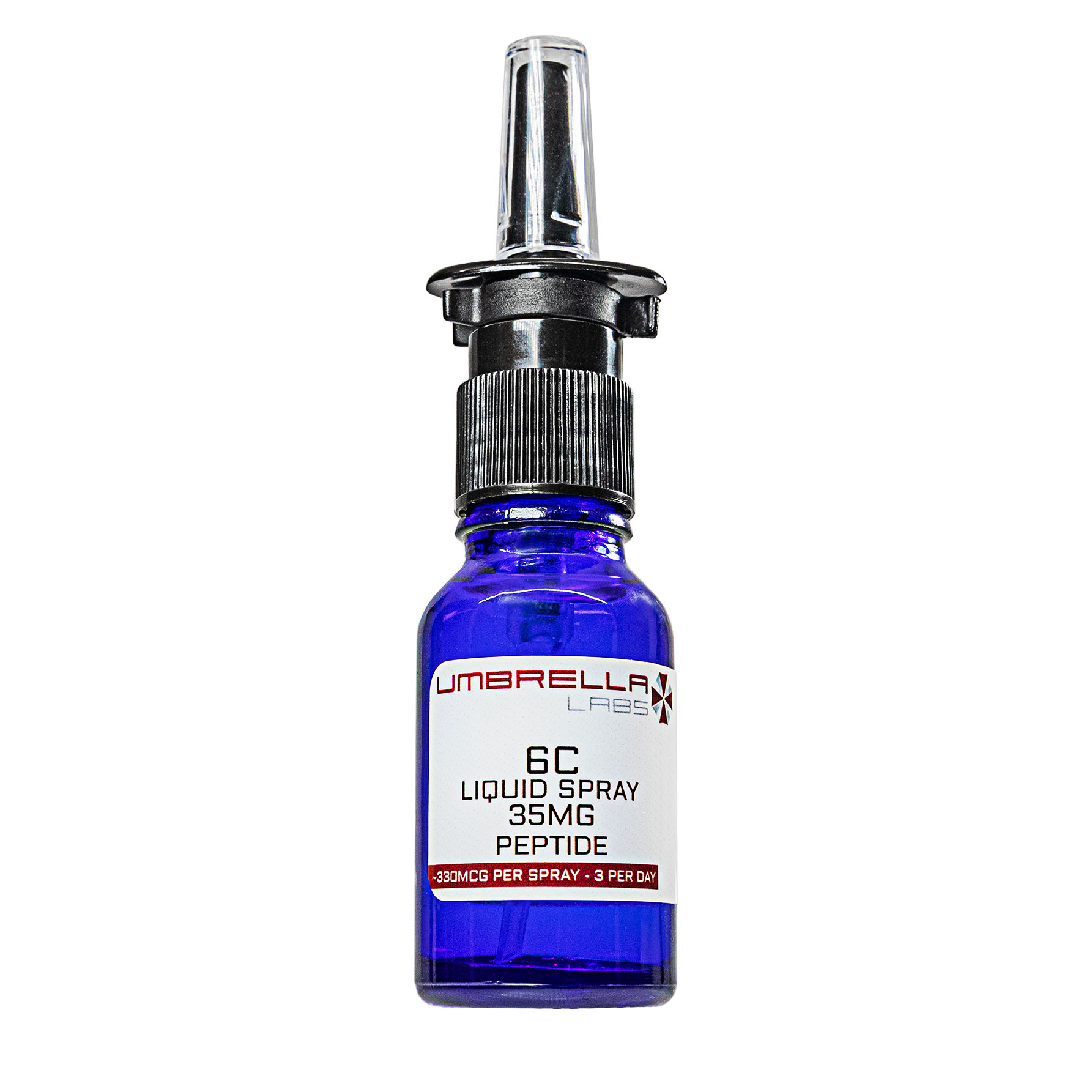
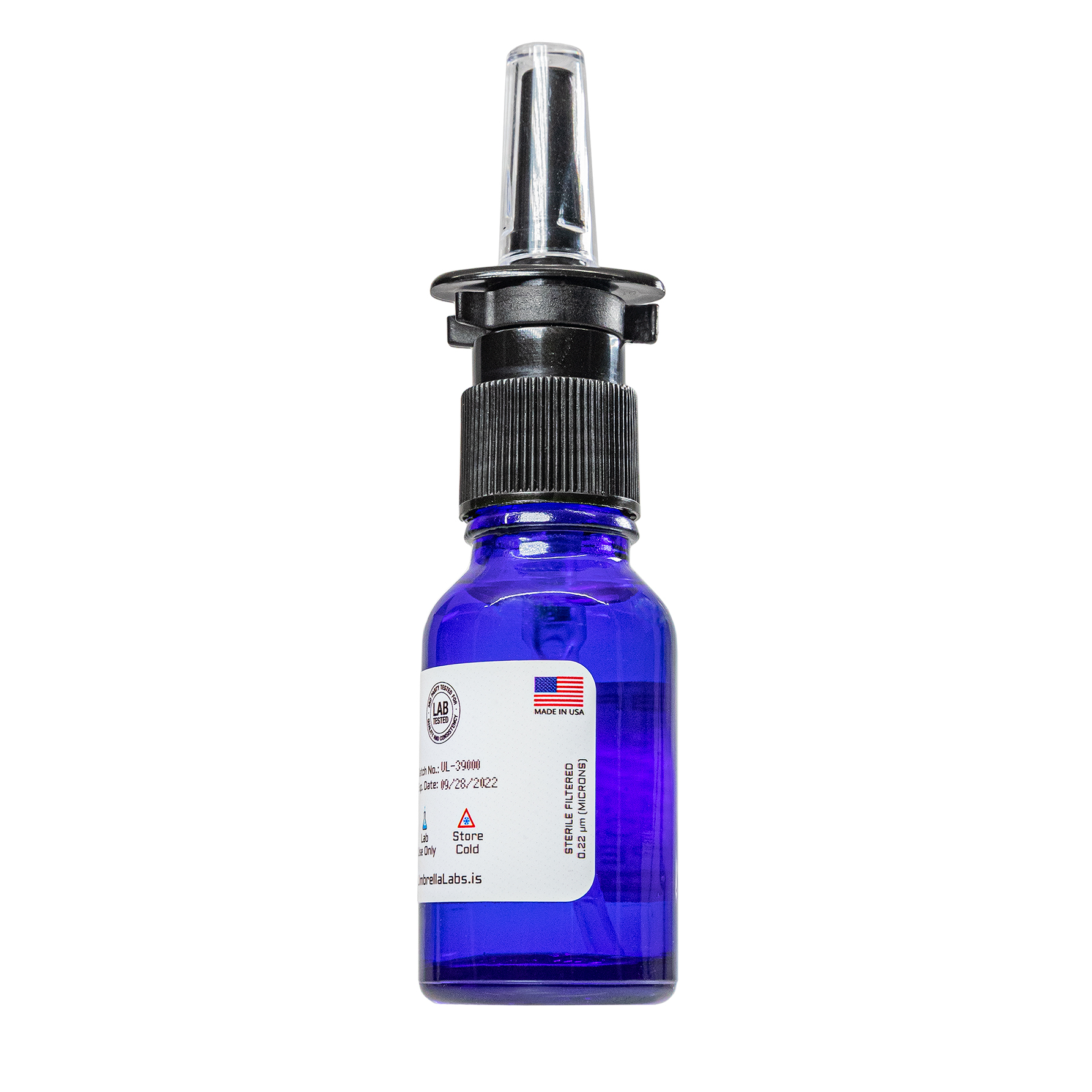
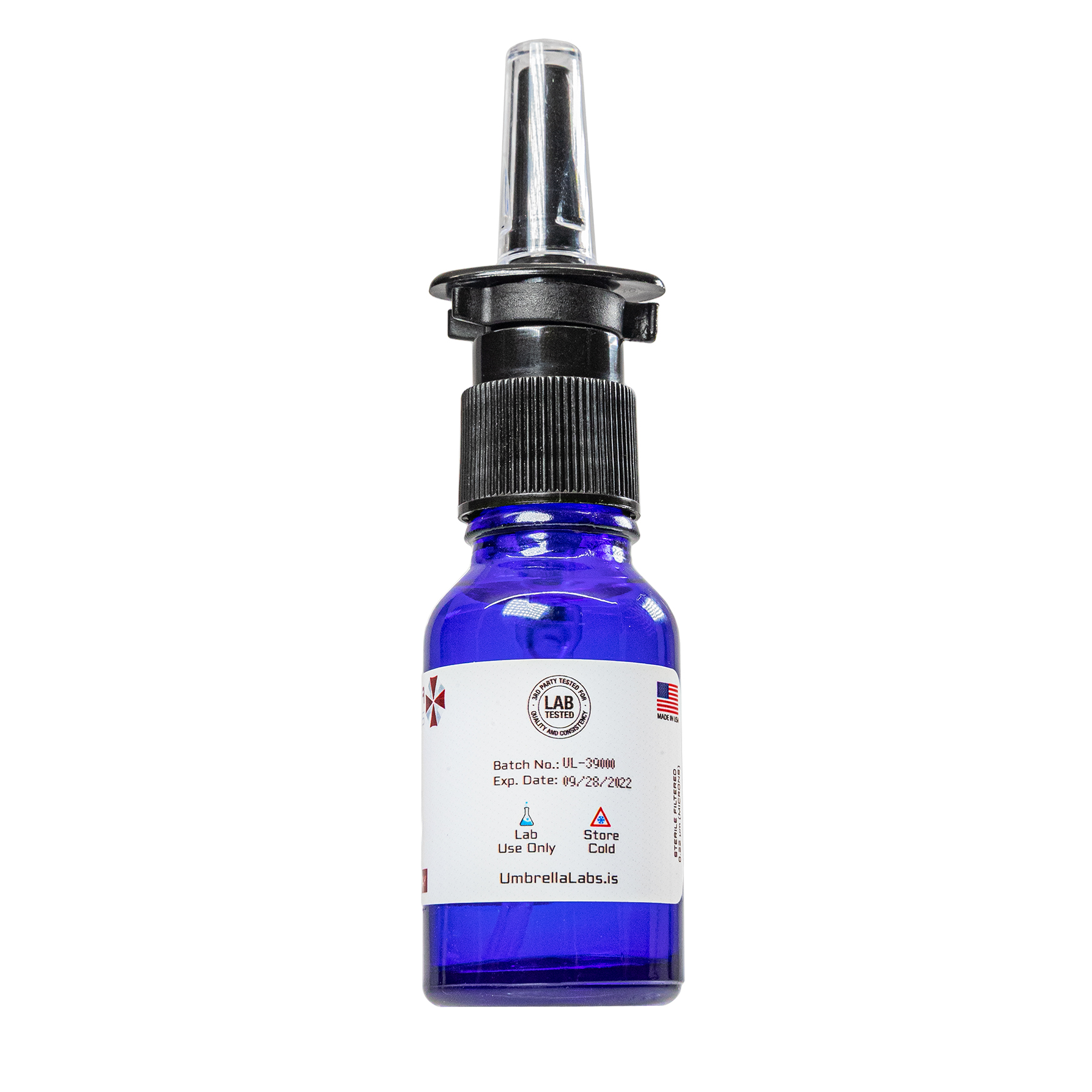

| File Name | View/Download |
| 03-01-2023-Umbrella-Labs-Peptide-6c-Certificate-Of-Analysis-COA.pdf |
VIEW CERTIFICATES OF ANALYSIS (COA)
Additional information
| Weight | 1 oz |
|---|---|
| Dimensions | 0.5 × 0.5 × 1 in |

